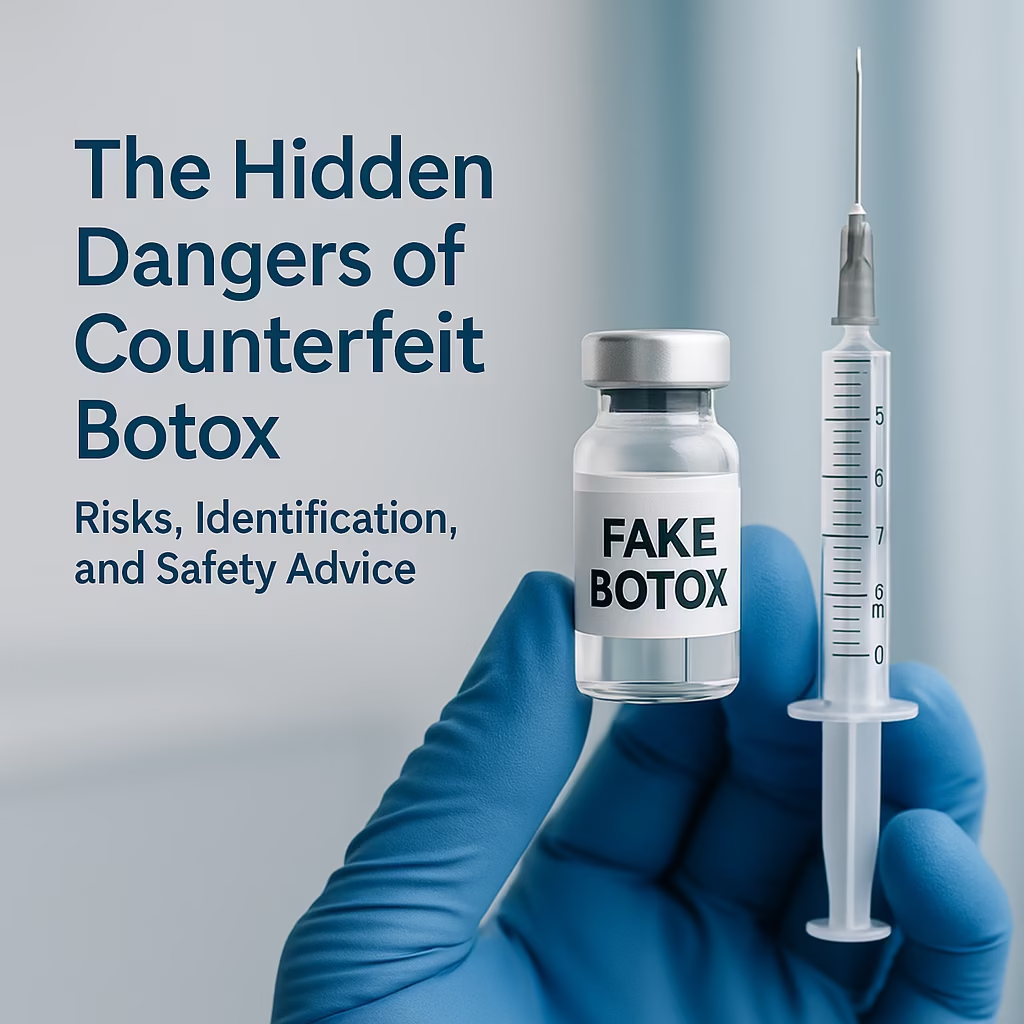Introduction
Understanding the intricacies of Botox advertising regulations in the UK is crucial for every aesthetic practitioner. Although Botox remains a sought-after treatment, strict regulations govern its promotion. This guide gives you the knowledge of why these restrictions exist, the loopholes some clinics exploit, and how to effectively market your services while adhering to ASA standards.
The Legal Landscape of Botox Advertising
Botox, also known as Botulinum Toxin, is a Prescription-Only Medicine (POM) in the UK. This means only a licensed medical professional can prescribe it after a face-to-face consultation to assess the patient’s suitability and discuss potential risks.
Regulatory Framework
The Advertising Standards Authority (ASA) oversees the advertising and use of Botox in the UK.
Advertising Standards Authority (ASA) Guidelines
The Advertising Standards Authority ASA regulates advertising across all media, ensuring legality, decency, honesty, and truthfulness. They have specific guidelines prohibiting direct advertising of prescription-only medicines, like Botox, to the general public.
Reasons Behind Advertising Restrictions
Protecting Consumers
The primary aim of these restrictions is consumer protection. By requiring professional consultation before Botox administration, the risk of individuals receiving inappropriate or unsafe treatments decreases.
Preventing Misuse
Restricting direct advertising helps prevent Botox misuse. This reduces the likelihood of unqualified practitioners administering the treatment, maintaining high safety standards.
Maintaining Professional Standards
These regulations uphold the integrity of the medical profession by ensuring treatments are administered responsibly and ethically, reflecting the high standards expected in healthcare.
Loopholes and Creative Marketing Strategies
While direct advertising of Botox is prohibited, some clinics navigate these rules creatively but on a thin line!
Euphemisms in Marketing
Clinics often use terms like “anti-wrinkle injections” and “wrinkle-relaxing treatments” as euphemisms for Botox. This theoretically allows them to discuss the treatment’s benefits without explicitly naming the product.
Highlighting Results
Clinics frequently use before-and-after photos or patient testimonials to showcase the benefits of their treatments. This approach emphasises the results rather than the product itself.
Specific Concern Targeting
Advertisements may focus on addressing specific concerns, like crow’s feet or frown lines, without directly mentioning Botox. This tactic attracts clients interested in these particular issues.
ASA Standards: What You Can and Cannot Do
The ASA provides clear guidelines on what is permissible in advertising aesthetic treatments.
Allowed Practices
- Promoting Clinic Services: You can advertise your clinic’s services, expertise, and qualifications.
- Encouraging Consultations: You can invite potential clients to book a consultation to discuss treatment options.
Prohibited Practices
- Directly Naming Botox or Other POMs: You cannot use brand names or generic terms like “Botulinum Toxin.”
- Making Medical Claims: You cannot imply that Botox cures or prevents medical conditions.
- Using Before-and-After Photos: Using before-and-after photographs is an efficacy claim, which is not permitted.
- Targeting Vulnerable Groups: You cannot target children or individuals with certain medical conditions.
- Exaggerating Results or Downplaying Risks: You must be honest and transparent about the treatments’ potential benefits and side effects.
Best Practices for Ethical Marketing
To comply with ASA standards while attracting clients, consider these strategies:
Focus on Education
Provide informative content about the benefits and risks of anti-wrinkle treatments without mentioning specific products. Educating potential clients builds trust and credibility.
Highlight Your Expertise
Showcase the qualifications and experience of your practitioners. This reassures clients of your clinic’s professionalism and skill.
Use Testimonials Wisely
Ensure testimonials are genuine and don’t make misleading claims.
Prioritise Consultations
Encourage potential patients to book a consultation for personalised advice. This complies with regulations and enhances the client experience.
Importance of Compliance
Adhering to advertising regulations isn’t just a legal requirement; it’s essential for building trust with your patients and maintaining your clinic’s reputation. By focusing on ethical marketing, you attract clients genuinely interested in your services and ensure their safety and satisfaction.
Consequences of Non-Compliance
Failing to comply with advertising regulations carries serious consequences:
- Legal Repercussions: Breaching advertising rules can lead to legal actions and fines.
- Damage to Reputation: Non-compliance can harm your clinic’s reputation, making it harder to attract new clients.
- Financial Penalties: You may face financial penalties or increased scrutiny from regulatory bodies.
Conclusion
Navigating the complex landscape of Botox advertising in the UK requires understanding legal restrictions and committing to ethical marketing. By focusing on education, highlighting your expertise, using testimonials wisely, and prioritising consultations, you can effectively market your services while remaining compliant with ASA standards. The goal is to provide potential patients with enough information to make informed decisions about their aesthetic treatments while adhering to industry guidelines.
FAQs
What are the penalties for non-compliance with Botox advertising regulations?
Non-compliance can result in legal actions, fines, and damage to your clinic’s reputation. Regulatory bodies like the MHRA and ASA may impose financial penalties or other sanctions.
How can clinics effectively market Botox without breaching regulations?
Clinics can use euphemisms, highlight treatment results, focus on specific concerns, and promote consultations. They should also emphasise practitioners’ qualifications and expertise.
Why is Botox classified as a Prescription-Only Medicine?
Botox is classified as a POM to ensure qualified medical professionals administer it safely and appropriately. This classification helps prevent misuse and ensures patient safety.





